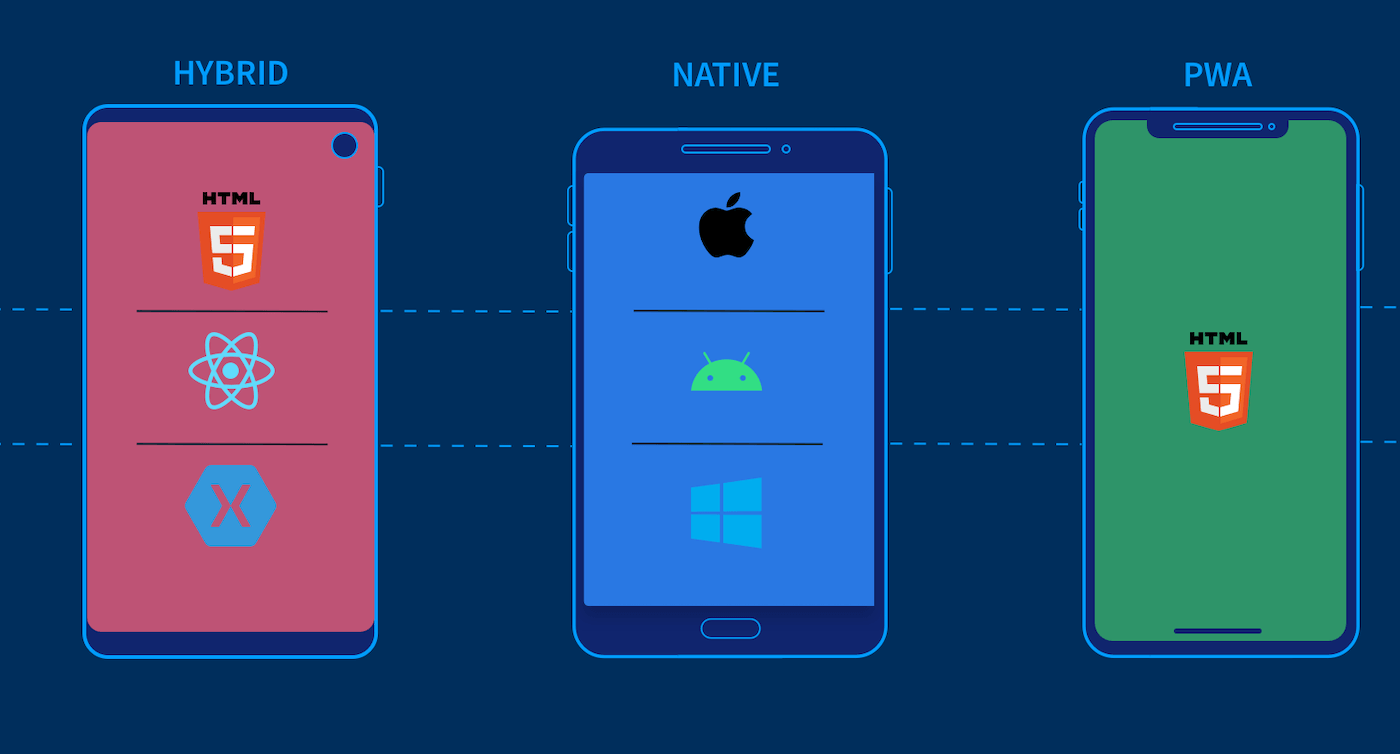


Since many years ago, the creation of mobile applications has increased. Applications that operate on mobile devices are explicitly referred to in this subsection of software development.
For several operating systems, including iOS and Android, mobile apps are created. Compared to mobile web browsing, apps offer a better user experience since they make use of the built-in functionality of smartphones.
Over 78% of people on the planet own a smartphone. What do people do with these gadgets? They utilize apps.
Applications for smartphones, tablets, and other mobile devices are developed via a method called mobile app development. Writing code to construct the program and designing the app are both parts of the total process.
The process of creating apps is comparable to that of creating other software, such as web apps. But the capability for mobile apps to exploit native capabilities on a device is the main distinction between app development and conventional software development.
For instance, apps can make use of smartphone features like GPS, Bluetooth, a camera, a microphone, and other built-in tools.
There are four approaches to approach the creation of mobile applications:
When using native platform features, choosing native app development is beneficial. Native apps have access to the device's hardware functions, such as the GPS, camera, and microphone, which speed up the execution of features and make it simpler to provide a rich user experience.
Native development makes it much simpler to implement push alerts. For instance, push notifications to pass between the Cloud Messaging Platform of Google and the iOS Server (APNS). Due to the fact that the code is written in the original language, native apps have fewer defects.
Both iOS and Android have nearly a 50/50 market share. Any of the platforms, and occasionally both, may be where you find your potential customer. It takes a sufficient budget to create distinct apps for both platforms, and not all businesses have one. Additionally, developing native platform can make it more difficult to provide the same level of speed and functionality that your program requires.
If you want to have one developer publish for both platforms, if you want to align the customer experience across both platforms, or if you don't have the resources to create and manage two distinct apps, choose cross-platform development.
PWAs (Progressive Web Applications) are developed using standard web languages like HTML5, CSS, and Javascript. These apps can only be accessed using your device's browser. Therefore, if your user will have constant access to network connectivity and they can solve their problems using the browser alone, without needing any native device capabilities like a camera, machine learning module, GPS, and so forth, then you should design a PWA.
In light of this, let's examine the steps involved in developing a mobile app step by step and learn everything you need to know to create your next successful app.
There are lots of options available when it comes to mobile app development. The use of different programming language along with the platforms to build the app is a work of combined technology by mobile app development experts.
Contact us today and get a free consultation.